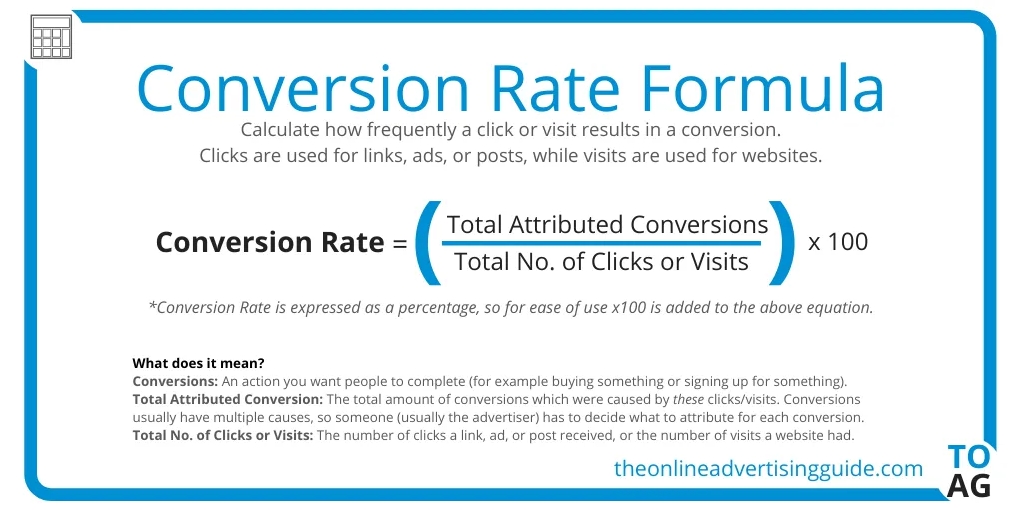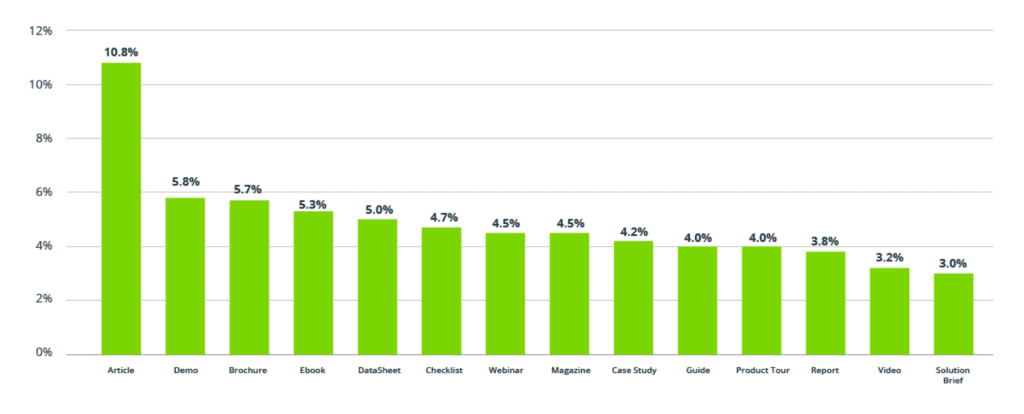Sales conversion is the process of moving a lead from simply being interested in your product or service to becoming a paying customer. It’s the final step in the sales funnel, and it’s a crucial one since customers who buy from you are the ones who provide your business with revenue and profit. What many companies overlook is that there are many different sales conversion metrics that you can use to determine how well your sales team is performing and how you can improve.
Understanding which sales conversion metrics are most important and how to use them to improve your sales process can make the difference between being successful and being stuck in the same old sales cycle.

10 B2B Sales Conversion Metrics Worth Monitoring
The best B2B sales teams aren’t just focused on closing deals — they’re focused on increasing revenue with every new customer. They track various sales conversion metrics that can help them identify opportunities for improvement, measure their team’s performance, and see how they stack up against their competitors. Sales conversion metrics are a critical component of a sales strategy, and if you want to increase your revenue, you need to understand which sales conversion metrics to watch and why.
Here are 10 conversion metrics you should be monitoring to make your process more effective:
1. Conversion Rate
The most basic sales conversion metric is the conversion rate, which is the percentage of leads who become customers.
For example, if you have 100 leads and 20 of them buy something, your conversion rate is 20%, which is a good starting point to see how your sales funnel is performing.

Source: The Online Advertising Guide
This fundamental metric can tell you whether you’re closing enough deals to generate sales, but it doesn’t tell you anything about the quality of those sales or whether you’re closing the right deals.
2. Average Lead Response Time
The average lead response time is a more sophisticated metric that considers several factors influencing how long it takes to respond to a lead. This can include when you respond to a lead (inbound vs. outbound), how often you respond to leads, and the quality of those responses.
This is an important metric to monitor to understand where your sales team is losing opportunities for new sales. Studies show that, on average, B2B sales teams take 42 hours to respond to a new lead. Unfortunately, approximately 38% of those leads will never respond back in that time.
Furthermore, businesses that respond to leads within five minutes or less are 100 times more likely to connect and convert opportunities.
Of course, these numbers can and will vary by brand, which is why it’s such a crucial metric to monitor.
3. Lead Source
The lead source metric is the percentage of your sales cycle that comes from which source: email, phone, social media, etc. This helps you identify where the highest volume of your sales comes from, which can then be used to prioritize your efforts.
According to our research, some of the top-performing lead sources came from assets such as articles, demos, and brochures.

Source: Hushly
Remember, what works for one brand won’t necessarily work for another, so it’s crucial to monitor your lead source carefully.
4. Customer Lifetime Value
The customer lifetime value is the amount of revenue that a single customer will generate over time. This is a crucial metric to watch because it helps you identify which customers are the most valuable and can be used to prioritize your sales efforts.
5. Net Promoter Score
The net promoter score (NPS) measures how likely a customer is to recommend your brand to a friend or colleague. The higher your score, the more likely your customers are to recommend you to others.
This is an important metric to monitor because it allows you to identify the customers who will most impact your bottom line.
If you have a high-performing sales team, you can invest in nurturing that leads to closing more sales.
6. Average Order Value
The average order value (AOV) is the amount of revenue that a single customer generates on average over time. This metric is important to watch because it can help you identify your most profitable clients and can be used to create detailed customer profiles to help you further prioritize your efforts.
7. Customer Retention Rates
One of the best ways to improve your sales conversion metrics is to improve your customers’ retention rates. This can be tricky because it requires you to understand your customers’ business, industry, and buying process on a granular level. However, the rewards can be worth it.
This can be accomplished through various channels, including email newsletters, drip emails, and live chat. The most effective retention strategies are personalized and based on your customers’ needs.
This is also an important metric to monitor because it’s cheaper for your brand to retain customers who are highly satisfied than it is to acquire new customers – making it a valuable sales metric worth monitoring.
8. Win Rate
The win rate is the percentage of opportunities your sales team successfully closes. This is one of the most important sales metrics to monitor because it shows how well your team performs. The higher the win rate, the more likely your sales team will close more opportunities, and your business will be more profitable.
9. Assets Downloaded
Another crucial sales conversion metric to monitor is the assets downloaded metric. This shows you how many assets your customers have downloaded from your brand. This is a great way to identify which channels generate the highest sales volume and prioritize your efforts accordingly.
10. Revenue
Finally, the ultimate sales conversion metric to monitor is your revenue. Sales cycles can be long and complex, and it can be challenging to identify which sales efforts are worth prioritizing. The best way to determine which sales efforts are worth investing in is to measure their revenue.
Improve Your Sales Conversions with Hushly’s Sales Enablement Tools
Sales enablement tools from Hushly are designed to help you improve your sales conversions by providing you with various sales and marketing tools. Hushly’s sales enablement tools help you generate more qualified leads, nurture your current leads to closing, and close more deals.
Ready to see what Hushly’s sales enablement tools can do for you? Request your demo today!

